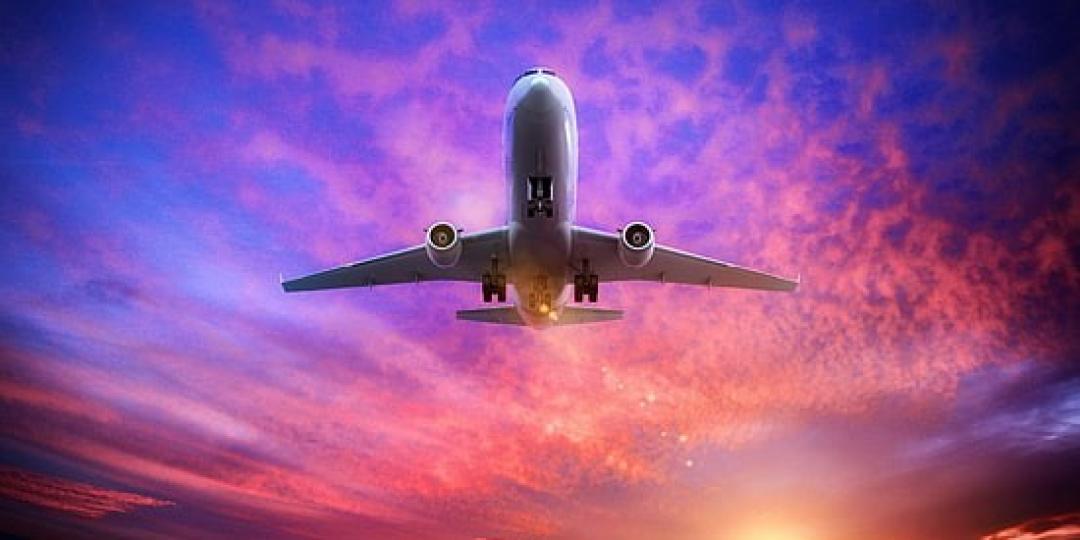Iata data for global passenger demand for February shows that total demand, measured in revenue passenger kilometres (RPKs), was up 21.5% compared with February last year.
Total capacity, measured in available seat kilometres (ASK), was up 18.7% year-on-year. The February load factor was 80.6% (a 1.9 percentage point increase compared with February 2023).
International demand rose 26.3% compared with February 2023; capacity was up 25.5% year-on-year and the load factor improved to 79.3% (an increase of 0.5 percentage points on February 2023).
Domestic demand rose 15%; capacity was up 9.4% year-on-year and the load factor was 82.6% (up 4 percentage points).
African airlines saw a 20.7% year-on-year increase in demand. Capacity was up 22.1% year-on-year, and the load factor fell to 74% (a drop of 0.8 percentage points).
Note that February 2024 was a leap year with one extra day compared with February 2023. This slightly exaggerates growth in both demand and capacity to the positive.
“The strong start to 2024 continued in February with all markets except North America reporting double-digit growth in passenger traffic. There is good reason to be optimistic about the industry’s prospects in 2024 as airlines accelerate investments in decarbonisation and passenger demand shows resilience in the face of geopolitical and economic uncertainties,” said Willie Walsh, Iata Director General.
“It is critical that politicians resist the temptation of cash grabs with new taxes that could destabilise this positive trajectory and make travel more expensive. In particular, Europe is a worry as it seems determined to lock in its sluggish economic recovery with uncompetitive tax proposals.”






















